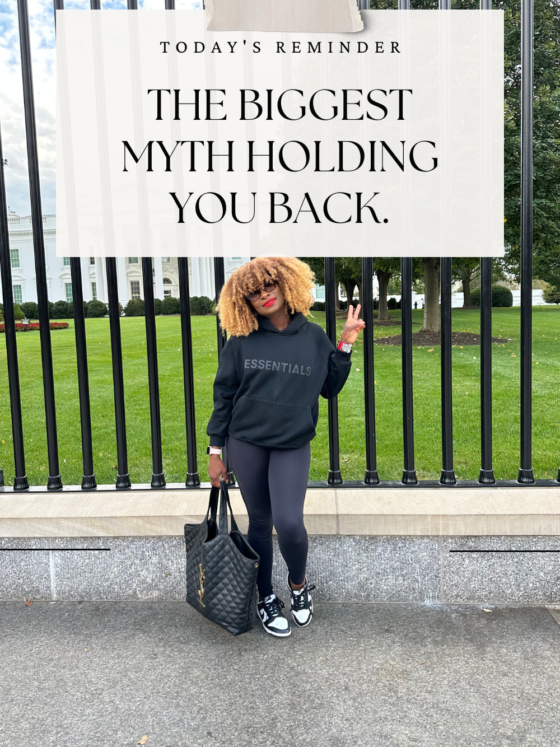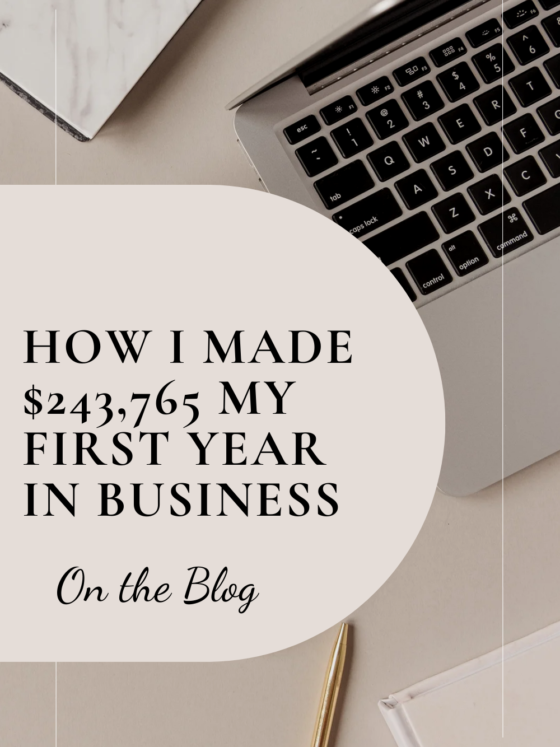Tiny But Mighty: Scaling Your Brand to Millions with Micro-Influencers

If you’re reading this, you’re probably juggling a few dozen things already, like running your business, being a mom, and trying to remember the last time you drank a cup of coffee that wasn’t cold. (Ahh, I see you!)
Today, we’re going to talk about something that could be a game-changer for your business: micro-influencers.
Now, I know the term “influencer” might conjure up visions of celebrities with millions of followers and equally insane price tags. But I’m here to tell you, you don’t need a Kardashian to grow your brand. Micro-influencers—those everyday, relatable people with anywhere from 1,000 to 100,000 followers—are the secret sauce for scaling your business without breaking the bank.
In fact, we used micro-influencers to scale Preggo Leggings to seven figures. But before we dive into the how, let me first explain why micro-influencers are so powerful.
Why Micro-Influencers?
Here’s the thing: micro-influencers are like the cool girls next door. They’ve built tight-knit communities around their personal brand, and their followers actually trust them. (Can we say the same about that celebrity who endorses 27 different products in a week?) When a micro-influencer talks about a product, it feels like a recommendation from a friend. It’s real, relatable, and most importantly—authentic.
Now, don’t get me wrong. Working with a mega influencer can get you a nice bump in exposure, but unless you’ve got a marketing budget that looks like Elon Musk’s, it’s a one-and-done kind of deal. You’ll get some likes, maybe even a few purchases, but you won’t build a sustainable growth strategy. That’s where micro-influencers shine. You can work with multiple micro-influencers, spread your reach, and actually build relationships with your customers in the process.
And guess what? Micro-influencers convert. According to a recent study, they have 60% higher engagement rates than their macro counterparts, and they’re 6.7 times more cost-effective per engagement. So yes, more bang for your buck. If you’ve got a brand and a limited marketing budget, micro-influencers are your dream team.
How Preggo Leggings Used Micro-Influencers to Scale
Let me walk you through how Preggo Leggings went from startup to a seven-figure brand using micro-influencers—and how you can do it too!
1. Identify Your Ideal Influencers
First things first: you need to find influencers who align with your brand. This isn’t about working with anyone who has followers; it’s about working with influencers whose audience aligns with your customer base.
For Preggo Leggings, this meant mommy bloggers, fitness gurus who catered to moms, and women’s fashion influencers. I wasn’t interested in random lifestyle influencers with no connection to motherhood. I wanted moms (and moms-to-be) talking to other moms. It was all about finding that niche.
Instagram and Tiktok make it easy to find influencers in your specific industry or niche, filtering by follower size, engagement rates, and demographics.
2. Build Real Relationships
When we reached out to micro-influencers, the goal wasn’t just to say, “Hey, can you promote our leggings?” Instead, it was to build relationships that felt authentic. We genuinely cared about these influencers, followed their content, engaged with them, and sent them personalized messages.
In the beginning, we weren’t aiming to “sell, sell, sell.” Instead, we gave value first—sending influencers free products, helping them feel like part of the Preggo Leggings family. We made sure they loved the product before ever asking for a post. When they did post, their reviews were genuine and excited because they truly believed in what we were offering.
One of our first influencers, a new expecting mom with 12,000 followers, posted about how much she loved the fit and comfort of our leggings. Her community of expecting moms went crazy, and it led to a spike in our sales. That’s the power of authenticity.
3. Leverage User-Generated Content (UGC)
Here’s the part where things get fun (and efficient). We didn’t just stop at a single post from each influencer. We leveraged that user-generated content (UGC) across all our channels—Instagram, Facebook ads, our website, you name it. Every photo and review from an influencer became part of our brand’s story.
Not only does UGC create trust with potential customers, but it also saves you time and money on creating your own content. If you’ve ever tried to do a professional photoshoot for your products, you know it can get pricey. But with micro-influencers? You get fresh, real content on a rolling basis.
We used this UGC in retargeting ads, which gave potential customers that “oh, I saw this influencer talk about this brand” familiarity. It worked like a charm—our conversions shot up every time we ran UGC-heavy ad campaigns.
4. Be Strategic with Gifting and Compensation
One of the best parts of working with micro-influencers is that they’re often open to collaborations beyond cash. Some will happily work in exchange for products or a small fee, especially when they love the product.
For Preggo Leggings, we started with a gifting strategy, where we’d send our leggings to influencers for free in exchange for an honest review or post. Once we saw great results, we moved to a hybrid model of gifting and compensation for influencers with higher engagement or followings.
For influencers who really delivered in terms of sales and engagement, we went deeper—offering affiliate deals or commissions. We created a win-win, where the influencers were just as invested in our success as we were.
5. Scale with Many Influencers
The beauty of micro-influencers is that you don’t have to put all your eggs in one basket. We scaled Preggo Leggings by working with a large number of influencers at the same time. Instead of spending $10,000 on one big name, we worked with 10 or more micro-influencers, each of whom had their own dedicated following.
The key is diversification. Just like you wouldn’t put all your marketing dollars into one Facebook ad, you shouldn’t rely on a single influencer to grow your brand. Micro-influencers allow you to spread the risk, increase your exposure, and test different audiences to see what works best.
6. Track and Optimize
Finally, one of the most important steps is tracking your results. We used tools like Google Analytics, Shopify reports, and unique discount codes to see which influencers were bringing in sales and engagement.
When we noticed certain influencers outperforming others, we doubled down on those partnerships and tweaked our approach with others. Influencer marketing is not a “set it and forget it” strategy—it’s all about testing, optimizing, and growing.
Other Brands Crushing It with Micro-Influencers
We’re not alone in using micro-influencers to scale. Brands like Daniel Wellington (yep, the watch company) skyrocketed to success using micro-influencers as their primary marketing tool. They sent their watches to thousands of smaller influencers in exchange for posts and hashtags. The result? A multi-million dollar brand that’s still booming today.
Another great example is Glossier, the beauty brand. They didn’t go after A-list celebs but instead focused on real, relatable people to spread the word about their products. Their strategy helped them build a cult-like following, and now they’re one of the most well-known beauty brands out there.
The Bottom Line
If you want to scale your brand without spending a fortune, micro-influencers are where it’s at. They bring authenticity, trust, and incredible ROI. Whether you’re just starting out or ready to take your brand to the next level, incorporating micro-influencers into your strategy could be the key to unlocking serious growth.










